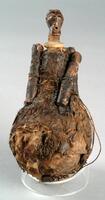17 UMMA Objects
17 UMMA Objects
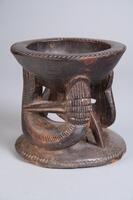
Yoruba (Yoruba (culture or style))
Bowl
1901 – 1999
Gift and partial purchase from the estate of Kurt Delbanco in honor of Nicholas Delbanco
2017/1.669
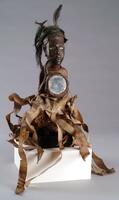
Yombe (Yombe (culture or style))
Power Figure
1850 – 1899
Gift of Candis and Helmut Stern
2005/1.191

Yoruba (Yoruba (culture or style))
Diviner's Staff
1901 – 1999
Gift of Candis and Helmut Stern
2005/1.238
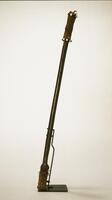
Kongo (Kongo (culture or style))
Staff
1900 – 1950
Gift of Margaret H. and Albert J. Coudron
2001/2.73
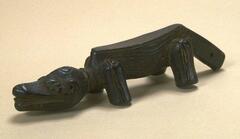
Kuba (Kuba (Democratic Republic of Congo style))
Rubbing Oracle
1920 – 1930
Museum Purchase made possible by the Friends of the Museum of Art
1988/1.131

Yoruba (Yoruba (culture or style))
Diviner's Bag
20th century
Gift of Dr. James and Vivian Curtis
1997/1.339

Kongo (Kongo (culture or style))
Power figure (nkisi kozo)
20th century
Gift of Dr. James and Vivian Curtis
1997/1.352
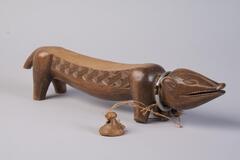
Kuba (Kuba (Democratic Republic of Congo style))
Friction Oracle
20th century
Gift of Dr. James and Vivian Curtis
1997/1.358

Yoruba (Yoruba (culture or style))
Diviner's Beaded Bag
1960 – 1999
Gift of Dr. Daniel and Sandra Mato
2003/2.31
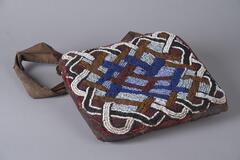
Yoruba (Yoruba (culture or style))
Diviner's Beaded Bag
1960 – 1999
Gift of Dr. Daniel and Sandra Mato
2003/2.32
Loading…

